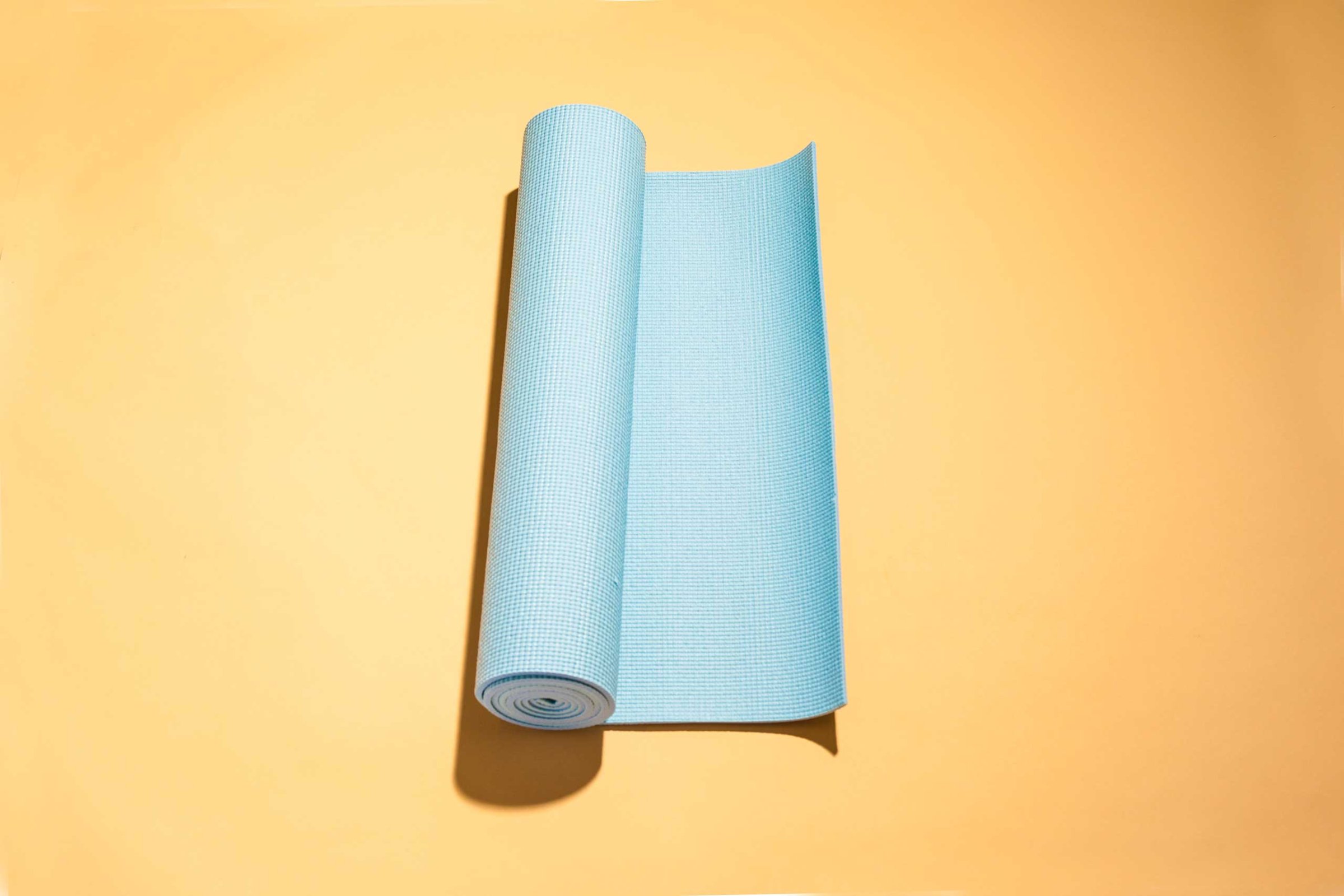
A new federal report reveals that Americans spend about $30 billion a year on complementary health approaches, from ginkgo biloba to yoga.
Complementary medical approaches are alternative types of healing outside the realm of Western medicine, and they’re fairly popular in the U.S. An estimated 60 million Americans spend money on them each year, and 4.1 million children have used some type of complementary medicine, the report reveals. In all, the out-of-pocket costs for these types of therapies total $30.2 billion.
The study doesn’t break down what types of complementary health approaches are the most popular, but people reported using acupuncture, Ayurveda, homeopathy, naturopathy, chelation therapy, natural product supplements, special diets, massage, mind-body therapies, hypnosis, energy healing and more.
Families with incomes under $25,000 spent an average of $435 each year on complementary health, and families with incomes of $100,000 or more spent about $590. Complementary medicine still makes up only a small portion of U.S. health care spending—around 1%—but the study authors note that the out-of-pocket costs to Americans are substantial.
More Must-Reads From TIME
- The 100 Most Influential People of 2024
- Coco Gauff Is Playing for Herself Now
- Scenes From Pro-Palestinian Encampments Across U.S. Universities
- 6 Compliments That Land Every Time
- If You're Dating Right Now , You're Brave: Column
- The AI That Could Heal a Divided Internet
- Fallout Is a Brilliant Model for the Future of Video Game Adaptations
- Want Weekly Recs on What to Watch, Read, and More? Sign Up for Worth Your Time
Contact us at letters@time.com